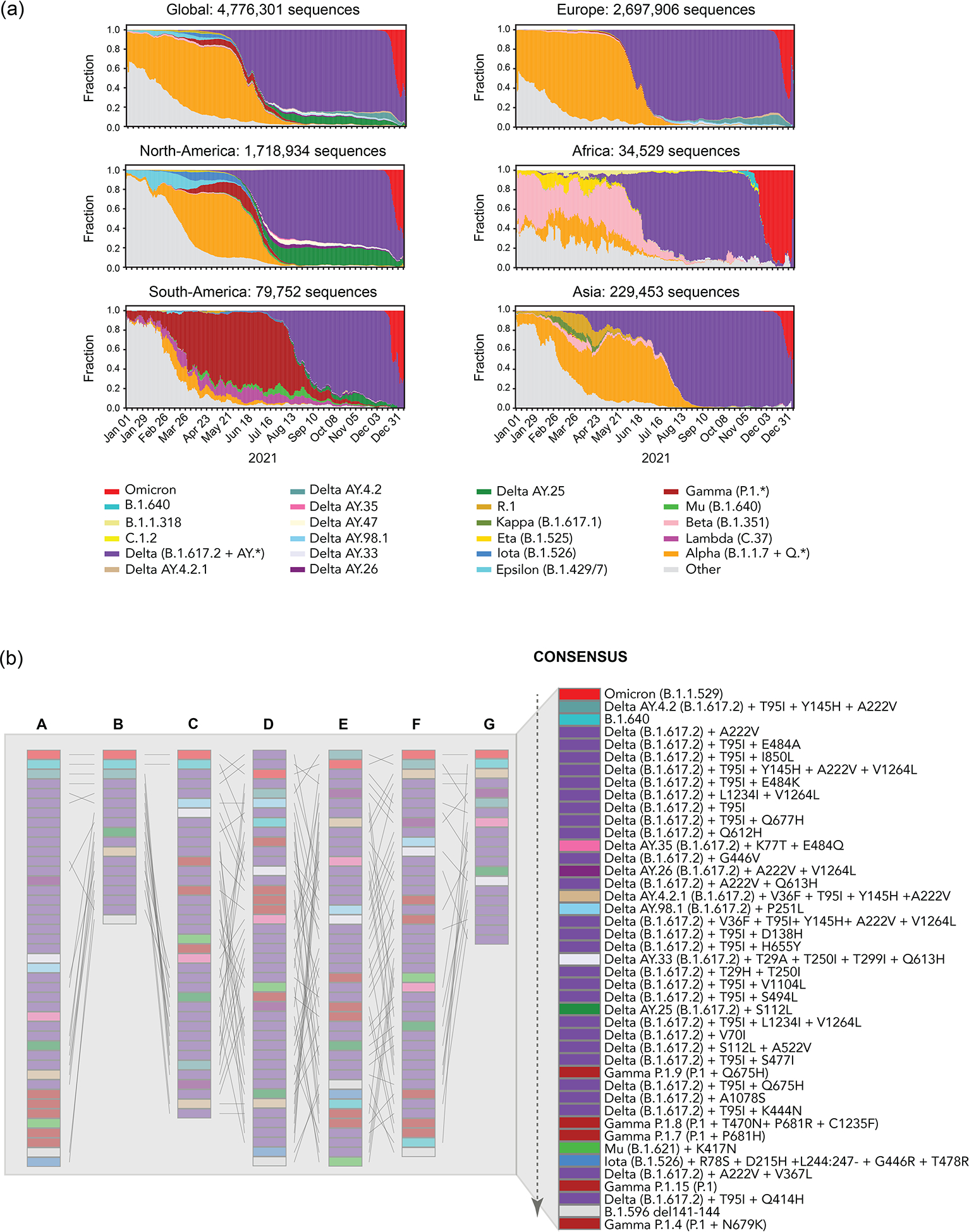Figure 2. Prioritization of variants by the Early Detection and Analysis group.

(a) The trajectory of SARS-CoV-2 variant sequence prevalence over a one-year period, Jan. 01, 2021 to Dec 31, 2021, tracking frequencies of weekly counts based on PANGO lineage designations. The data in the graphs was based on the 4.8 million SARS-CoV-2 sequences sampled in 2021 and made available through the GISAID Initiative. Updated graphs can be found at cov.lanl.gov (the tracking tool is called Embers). Top. A global summary and status on five continents is provided. Europe and North America remain the most highly sampled regions of the world, biasing the global sampling. (b) Tangle plots for comparative prioritization of circulating variants across subgroups. The list of variants to prioritize is collectively built by the whole group and prioritized by individual teams to arrive at a consensus list. Each column graph refers to the prioritization order made by each sub-team for circulating variants in December 2021 (top-highest, bottom- lowest priority): A. Cambridge University, B. LANL; C. ISMMS; D. JCVI/BV-BRC; E. UCR SOM; F. Broad Institute; G. WRAIR. The final consensus ranking of the 43 variants is produced by ordering the lineages by their mean rank across the different teams, who also have the option to defer from ranking a lineage, or to assign multiple lineages a tied ranking, and after discussion with the group to determine priority categories. The dashed arrow indicates the order of priority, top being highest priority variants for analysis, bottom means lowest priority. Colors refer to each PANGO lineage tracked but multiple blocks of the same color can also refer to different variants within a PANGO lineage. For example, besides the colored Delta AY.* sublineages indicated, Delta has 26 subvariants (purple) with different combinations of mutations that are being prioritized for analysis.
